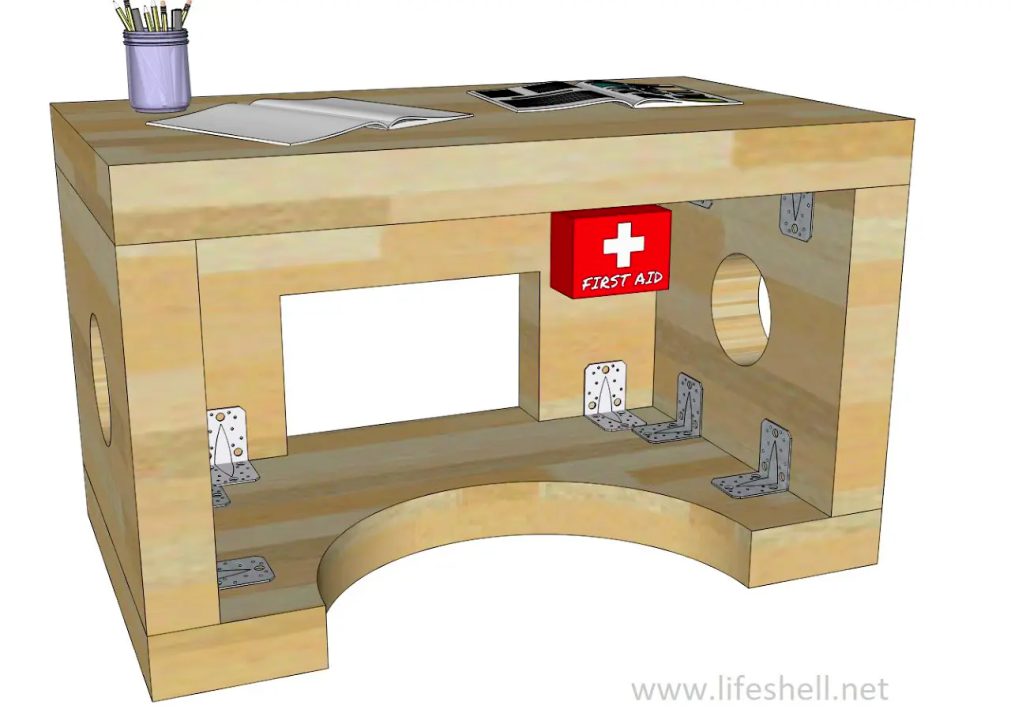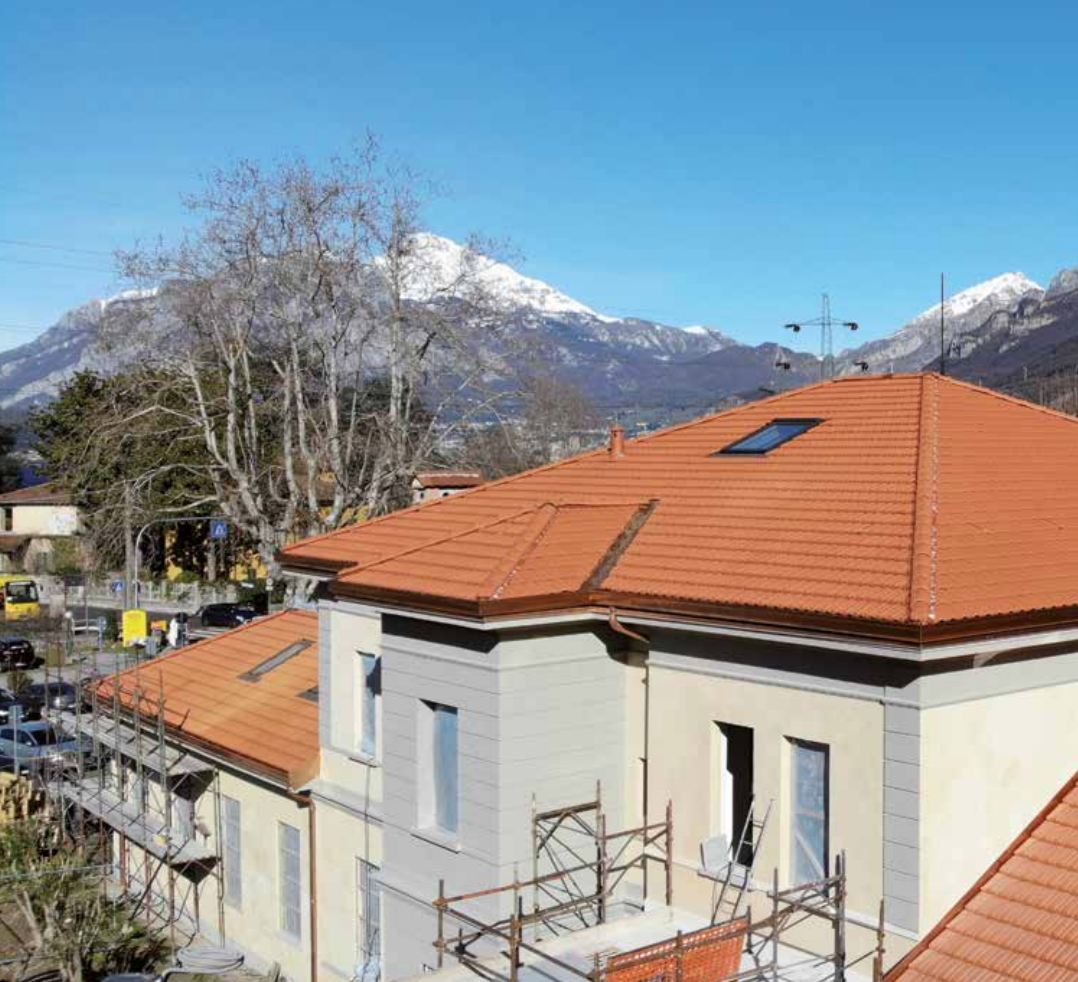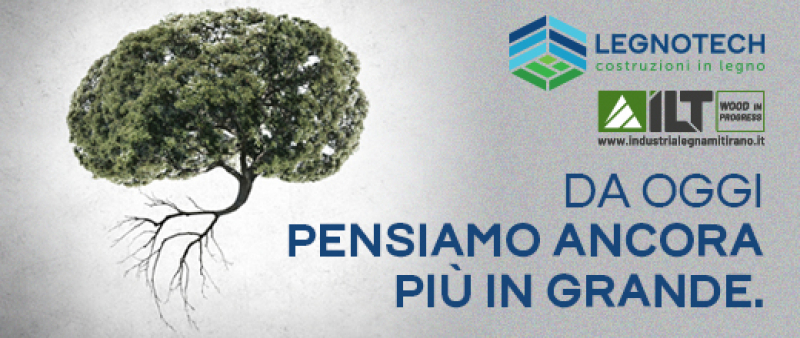
venerdì 2 Dicembre 2022
LifeShell: Rifugi Antisismici Open Source.

Marco Fellin, Mario Polidori e Ario Ceccotti sono gli autori della ricerca dal titolo: “Application of Cross-Laminated Timber furniture as Earthquake Shelter: A public domain release of the Lifeshell concept”, pubblicata per la rivista Interdisciplinary Perspectives on the Built Environment.

L’obiettivo è quello di ideare e costruire dei mobili per uso residenziale, scolastico o anche da ufficio, realizzati in legno X-Lam in grado di sfruttare la naturale elasticità del legno, ed un sistema di connessioni che permettano di trasformarsi in un vero e proprio rifugio antisismico, aumentando notevolmente la possibilità di uscire indenni da un terremoto.
Le prime prove hanno risposto con successo all’impatto di un blocco di cemento da 2.800 kg lasciato cadere da 1,5 m di altezza che ha sviluppato un’energia di 40.000 joules.
L’idea dei rifugi Lifeshell è open source, libera da brevetti o royalties in quanto come scrivono gli autori“Un’idea salvavita deve essere divulgata il più possibile, in modo libero”.

Di seguito il sommario della ricerca:
ABSTRACT:
An earthquake is an unpredictable and potentially deadly phenomena. Building with anti-seismic technology can effectively reduce the risk of injuries; however, the adoption of this technology on a large scale is difficult because of funds, logistics, and bureaucracy. As
a result, there are critically seismic zones where residential and nonresidential buildings are not safe. The concept of wooden-based furniture used as an anti-seismic shelter is released here under the Creative Commons licence as a low-cost, natural-based, open-source,
copyright-free solution. The so-called “Life in Shell”, or Lifeshell, concept has been independently funded and developed, and it is presented here in its engineering characteristics. Lifeshell depicts an alive human-being protected by wood during an earthquake.
Lifeshell is furniture in the shape of a school desk, wardrobe, table, or bed made of cross-laminated timber panels. A school desk prototype was tested. The desk was to resist a total impact energy of 40,000 joules without collapsing. Lifeshell concept comprehends various types, sizes, weights, finishings, and accessories. Cost-effective solutions are foreseen for being assembled and finished by the final user; they also include a basic survival kit. On the other end, top-range versions can be aesthetically pleasant and enriched with
high-end accessories. Lifeshell concept is ready to be adopted by the industry for further development. By this publication, authors release this potential life-saving technology using the Creative Commons CC BY 4.0 License (public domain), which allows the engineering, production, and selling of this furniture without any royalty fee for the authors.












